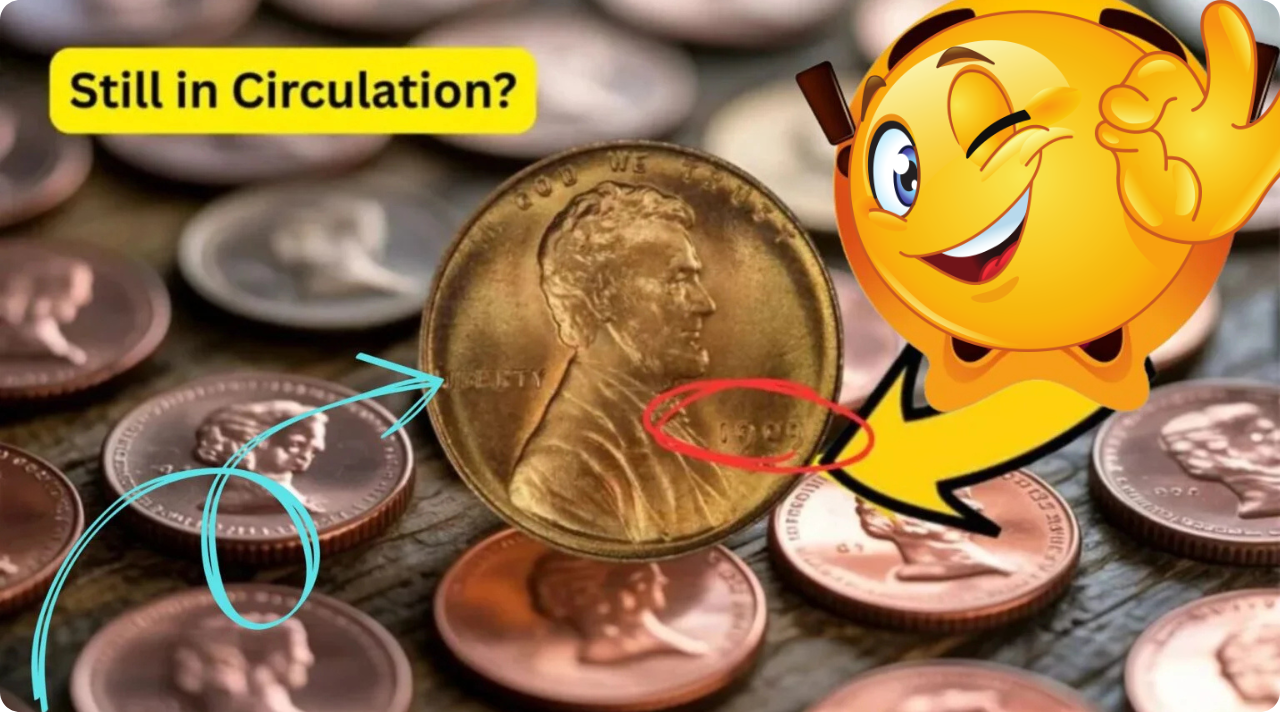Lincoln Wheat Penny: Imagine finding a penny worth $59,000 in your loose change! That’s the buzz around the rare 1914-D Lincoln Wheat Penny, a coin that’s got collectors and everyday folks checking their wallets. This little copper gem, with Abraham Lincoln on one side and wheat stalks on the other, sold for $59,000 at a 2025 auction due to its scarcity and condition. With some still possibly floating around in circulation, you might have a treasure hiding in plain sight. Let’s dive into why this penny’s such a big deal and how to spot one!
A Coin with a Rich History: Lincoln Wheat Penny
The Lincoln Wheat Penny, minted from 1909 to 1958, was the first U.S. coin to feature a real person—Abraham Lincoln—designed by Victor David Brenner to mark his 100th birthday. The 1914-D, struck at the Denver Mint, is a standout because only 1.2 million were made, compared to tens of millions from other mints that year. Its low mintage and age make it a collector’s dream, especially in top condition. A near-mint MS-65 example fetched $59,000 in June 2025, sparking a frenzy among coin hunters.
What Makes It So Valuable?
Not every 1914 penny is a jackpot—look for the “D” mint mark under the date, signaling Denver. The $59,000 price tag comes from its rarity and condition, with uncirculated coins showing crisp details and a reddish-copper shine commanding top dollar. Even circulated ones can fetch $500-$2,000, depending on wear. Made of 95% copper (3.11 grams), it’s heavier than modern pennies, and its historical charm adds to the allure. Collectors love it for its scarcity and bold wheat stalk design.
| Specifications | Details |
|---|---|
| Year | 1914-D (Denver Mint) |
| Design | Obverse: Abraham Lincoln; Reverse: Wheat stalks |
| Material | 95% copper, 5% tin and zinc (3.11 grams) |
| Mintage | 1,193,000 |
| Weight | 3.11 grams |
| Key Feature | “D” mint mark under date |
| Value | Circulated: $500-$2,000; Uncirculated: $10,000-$59,000 (MS-65) |
Could It Still Be Out There?
Here’s the exciting part: some 1914-D pennies might still be in circulation! Since they weren’t recalled after 1958, they could be hiding in old piggy banks, coin jars, or even your change from the corner store. Stories of rare finds—like a 1914-D spotted in a bank roll—keep the hunt alive. Social media’s buzzing with collectors sharing tips, and the $59,000 auction has folks digging through their change, hoping for a lucky break. It’s like a treasure hunt you can do from your couch!
How to Spot a Winner
Got a 1914 penny? Check for the “D” mint mark under the date using a magnifying glass. It should weigh 3.11 grams (use a digital scale) and have a solid copper edge, not the copper-plated look of post-1982 pennies. Look for sharp details on Lincoln’s face and the wheat stalks—worn coins are less valuable but still worth a lot. Don’t clean it; cleaning ruins its value! Take it to a coin shop or grading service like PCGS or NGC to confirm it’s genuine and get an appraisal.
Join the Coin-Hunting Craze
Ready to hunt for your own fortune? Start by sorting through loose change, old family collections, or coin rolls from the bank. Coin shows, flea markets, or online platforms like eBay are great for learning more, but watch out for fakes—some coins are altered to mimic the “D” mark. If you strike gold, auction houses like Heritage Auctions can help you cash in big. Even non-mint-mark 1914 pennies can fetch $10-$50, so every old penny’s worth a look.
A Tiny Piece of History
The 1914-D Lincoln Wheat Penny is more than just a coin—it’s a slice of early 20th-century America, minted during World War I’s early days. Its rarity and iconic design make it a collector’s holy grail, with the chance for a life-changing payout. So, next time you’re emptying your pockets or rummaging through a drawer, give those pennies a second glance. You might just find a $59,000 treasure. Check out pcgs.com, ngccoin.com, or a local coin shop for tips, and join the hunt for this legendary penny!





